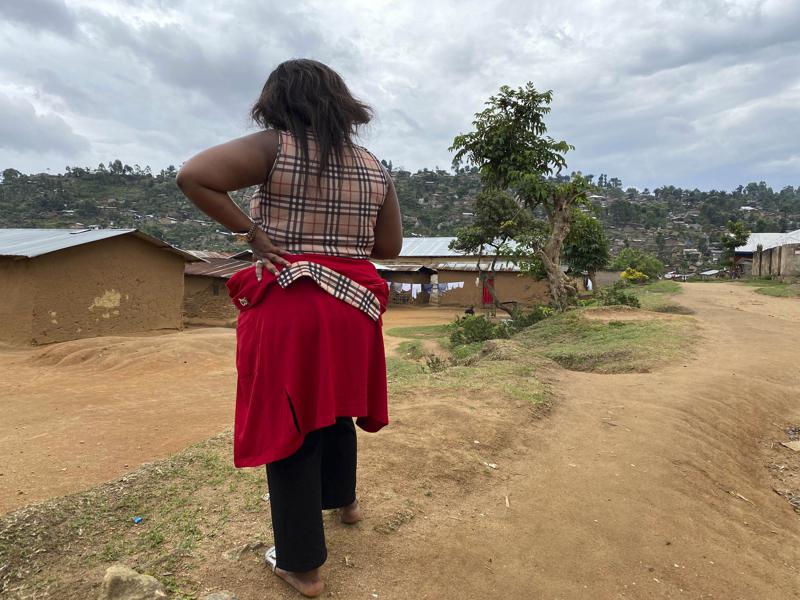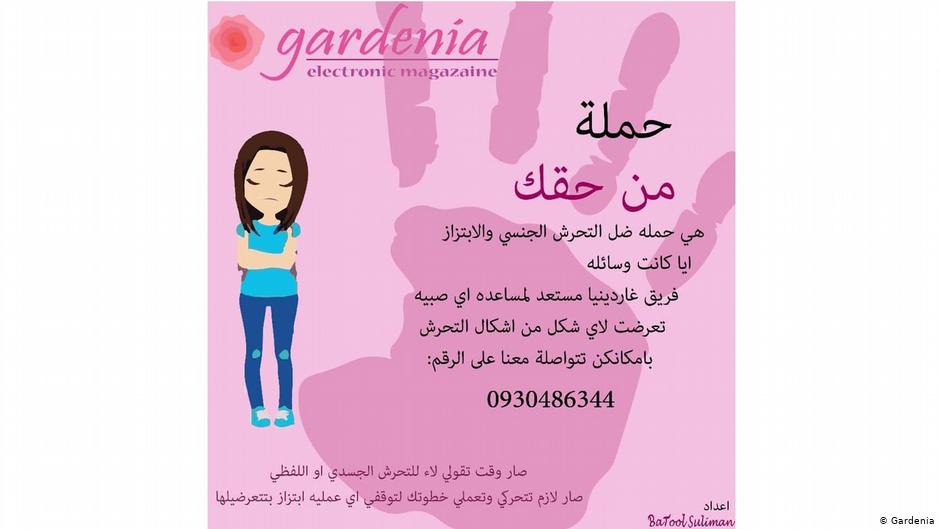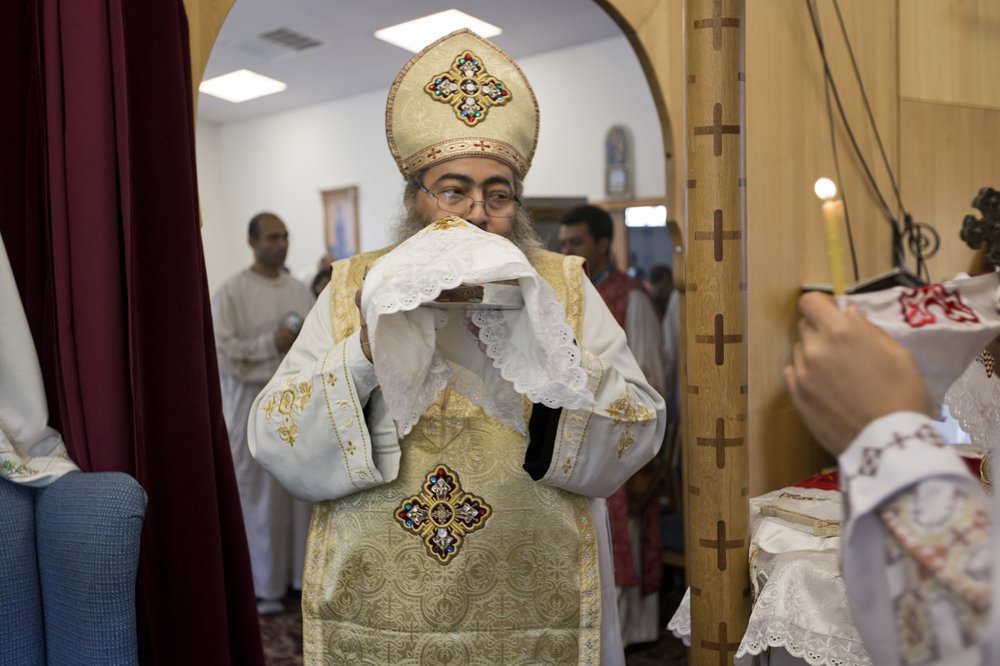From the outset of the revolution, we had dreamy romantic perceptions that it would move us forward. We perceived the rebels as being mature and consolidated, facing the dishonorable political power with bare chests. The situation was easy to describe and the fronts were clear; highly moral and brave rebels facing a tyrannical authority that was trying to eliminate them by arrest, injury and murder, using its security forces and hired thugs. Whenever a rebel was killed or injured by the treacherous authority, they became symbols that we celebrated.
But the revolution, which was essentially a liberation project, has not only faced the political authority, but also, to our surprise, unmasked accumulated layers of societal decay. This decay has been manifested through a high level of violence, sectarian incitement and sexual violence against women in public places, unlike the atmosphere of liberation during the first 18 days in 2011, when there was no sexual and religious discrimination, or so it seemed.
During those first 18 days, a man I know printed a big banner saying “Neither religious nor sectarian … Egypt is a civil state” and hung it around many places in Tahrir Square, and no one objected. When Mubarak stepped aside, several disputes occurred over this same banner, one of which caused havoc on the stage of “Writers and Artists for Change” when a spectator objected to the banner and incited others violently shake the stage until it was removed.
Rape victims as icons?
Despite the growth of religious and sexual discrimination, some Christians and women have become icons and symbols of the revolution, especially Mina Daniel, an opposition political activist during and before the revolution who was shot dead in Maspero, and Samira Ibrahim, who exposed and challenged the virginity tests conducted by the military. Mina and Samira were victims of the military that was the political authority during the transition period, and thus it was easy for us to turn them into symbols, exclaim their names and draw their faces on walls.
On the other hand, ordinary people who have been victims of sectarian or sexual violence outside of Tahrir Square have not gained such sympathy. Who now remembers Ayman Dmitry, the Copt from Qena whose house was burned and part of his ear was cut by Salafis? Who remembers the victims of sexual violence frequently published in newspapers since the revolution?
It has been a while since the molestation of women who appeared at Tahrir Square, and molestation has escalated to gang rape and assault with sharp objects, like on 25 January 2013. How do these sexual violence survivors fit in the revolutionary scene and its collective memory? The martyrs and those wounded in confrontations with authority, such as Ahmed Harara, Samira and Mena, easily turned into icons and symbols, but would survivors of rape at Tahrir Square such as Yasmin Barmawi and Hania Muhib ever become symbols? Their traditional fate is to become victims at best, or convicted at worst; even those who rescued Yasmin questioned what she was even doing in the square, what she did to anatagonize her assailants whether she was single or married. Similarly, Ayman Dmitry was accused of being degenerate and renting his house for prostitution, while he has a wife, mother and children to support at an ordinary house in Qena, as I myself witnessed.
Some insist that sexual abuse crimes in Tahrir are entirely committed by the Muslim Brotherhood's mercenaries. It is true that the Islamic current in general blames women, and thus defends their rapists under the slogan, “Woman, do not be the cause of molestation.” Since Mubarak’s fall, the Brotherhood has been involved in numerous crimes and has been accused of being behind several massacres, but as for the assaulters of Tahrir Square, we should not automatically assume they are paid organized groups. I do not believe they are paid (or at least not all of them), but are indeed of an organized nature. Some testimonies of survivors and rescuers suggest organization, while others suggest spontaneity.
The offenders are most likely a combination of mercenaries, groups that attend Tahrir Square in order to assault women (just as gangs that go to Mecca for theft during the pilgrimage), and some urban marginalized groups who hate the regime and have found in Tahrir the perfect place to respond to state violence and repression. Many of them were killed during confrontations since the beginning of the revolution, particularly near the Ministry of Interior. All such groups belong to lower classes and have received little formal education.
The offenders’ identities can only be accurately determined and classified through investigative research and documentation that does not seem to be available now. However, sexual abuse at Tahrir Square jeopardizes the revolution; women have paid a heavy price for their participation in the revolution that is no less than that of the wounded and the martyrs, and their situation is complex and misconstrued. The offenders are not only unidentified — whether the Ministry of Interior, the military or even the regime thugs — but also manifest the most miserable and brutal side of society.
The revolution against the degeneration of political authority faces the most degraded side of society. Hence the importance of what Yasmin and Hania did when they exposed what happened to them at Tahrir on television, and demonstrated alongside the heroes of the revolution; they forced us to recognize them among the revolution heroes and icons just as Mina, Harara, Sheikh Imad, Samira and the unknown girl undressed by soldiers in the street.
The revolution is not for creating romantic illusions depicting the society or the rebels as angels with wings, like the graffiti in Mohamed Mahmoud Street; it is rather to confront both the political authority and the accumulated decay in society.
Elham Eidarous is a leftist activist and member of the Popular Socialist Alliance Party.
This article was originally published in Correspondents.org




